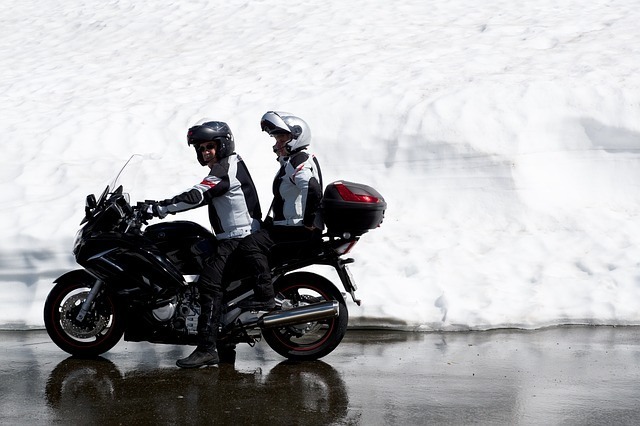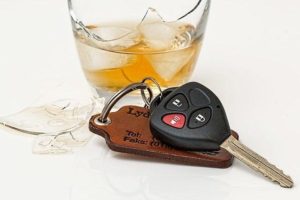Wintry weather conditions are upon us. From flurries to sleet and freezing rain, winter road conditions are particular dangerous for bikers. Although few bikers are brave enough to ride in the bitter cold, those who do use extra caution. Ice and snow make the roads even more dangerous for bikers and can lead to crashes. Before you ride in poor weather, there are some tips you should know.
Top Tips for Riding a Motorcycle in the Snow and Ice
- Allow extra braking distance. In snowy and icy road conditions, motorcycles require even more braking distance than usual. Try to avoid overtaking vehicles in poor weather conditions and leave ample room between you and other vehicles on the road.
- Stay off the roads during periods of precipitation, if possible. When the snow and ice are falling, it can be difficult to see the road and your surroundings. If you can, delay your trip until the precipitation has ended.
- Remember road debris may be obscured. Slushy roads can obscure debris. Try to ride in the tire paths of other vehicles to avoid unexpected hazards.
- Stay alert for black ice. Black ice is especially dangerous. It is particularly slick and, since the road surface is not noticeably icy, bikers and drivers alike may fail to notice it. If it is misty or rainy and the temperature is near freezing, assume that there will be patches of black ice.
- Bridges and overpasses freeze first. Use extra caution on overpasses and bridges. They freeze before other road surfaces.
- Make sure your motorcycle is in good condition before riding in poor weather. It is not safe to be stranded on the side of the road on an icy day (not to mention incredibly cold). Check your bike and tires over carefully before you ride, and do not run low on fuel.
- Reduce your speed, take a deep breath, and be extra vigilant. Riding in the snow can be tricky so relax, take your time, and get to your destination safely.
Riding in the winter months is not advisable for novice bikers. When the snow falls, road conditions can quickly deteriorate. It is not a good idea to tackle them if you are not familiar with your bike.
It can be a challenge to stay warm during cold weather riding. Wear base layers, especially a thermal base layer that will keep your core warm. Heated gloves and heated grips will keep the blood flowing in your hands. This is important because if your hands become cold, your fingers will be less sensitive. This can cause you to lose control of your motorcycle.
Cold weather motorcycle conditions are enough to make some riders take a curb. After all, it takes a real commitment to hit the roads for winter motorcycling. But those who do – real lifelong bikers – swear it is not as bad as you might think.
Whether you choose to take to the roads this winter or put your bike in the garage until spring, we encourage you to exercise caution and ride safely. Far too many motorcycle accidents occur due to inattentive drivers (and bikers, too).
For a free legal consultation,
call 1-800-668-6729
A final word of caution – road salt will quickly deteriorate the finish of your bike. Worst still, if it is very cold out, you cannot simply rinse your bike after a ride. Instead, apply a protective coat to your bike. Wipe it down after you ride with a damp cloth to remove any sand, road salt, and other debris.
With proper care, you can make it to your destination even during wintry weather conditions. Remember to take your time – it is better to be late than to not make it at all. Accidents of all types increase dramatically when it is icy and bikers are especially vulnerable. If you are involved in a motorcycle crash, contact 1-800-MOTORCYCLE to learn how you can protect your rights.
Call or text 1-800-668-6729 or complete a Free Case Evaluation form


